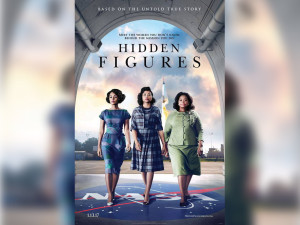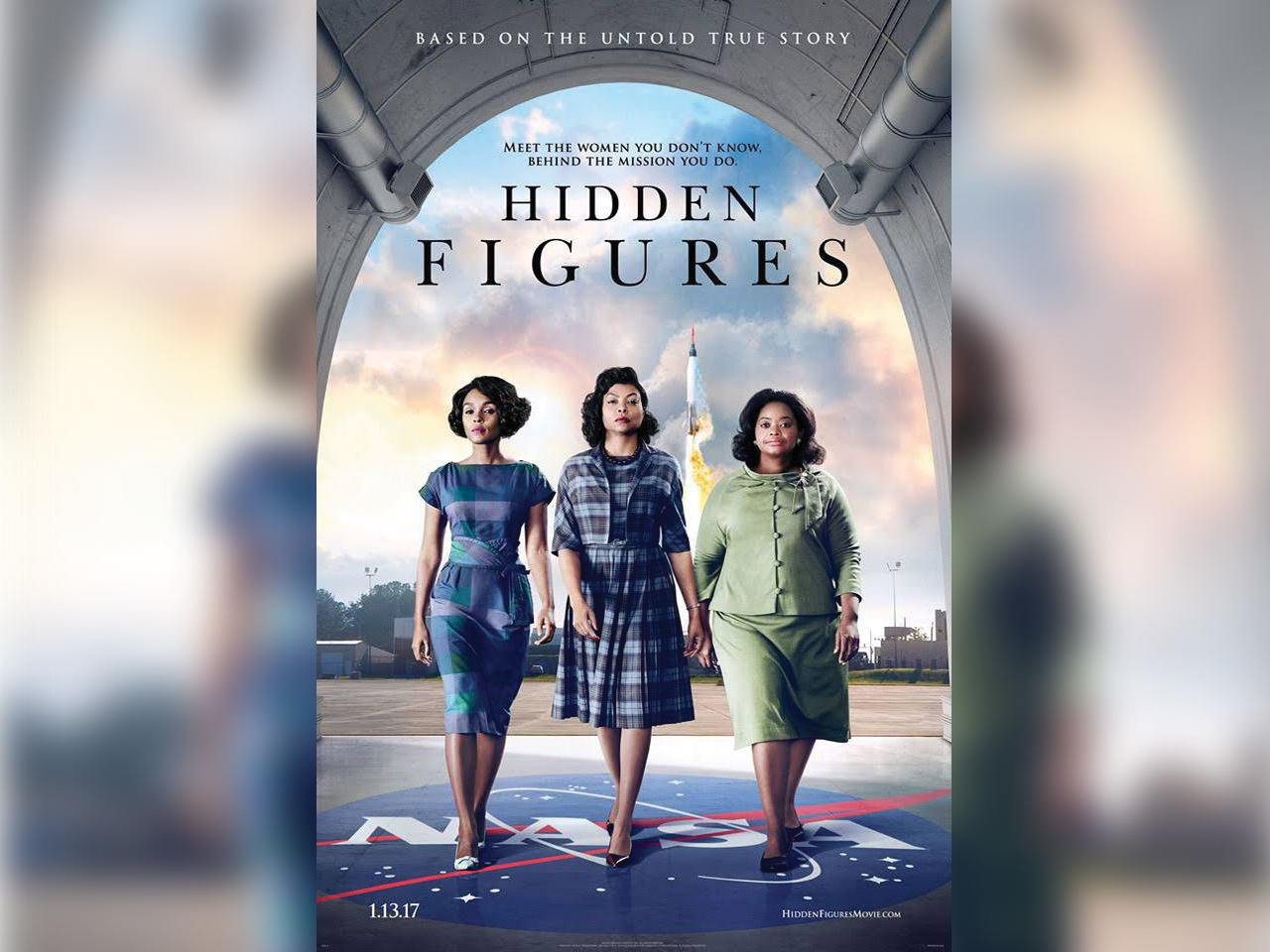
“Hidden Figures” tells an untold yet, remarkable true story of three intelligent African-American women who contributed to the many firsts of NASA’s historic space launches. Though, in a segregated Virginia of 1961, the ingenious minds behind complex math calculations and computer expertise at NASA were discriminated against trivially due to their race and sex. The film acknowledges the overt racial oppression of the era, portraying the damaging emotional impact that the three heroines had to struggle with. In this film, these women are not discouraged and bravely exert a feel-good ambition to represent change amidst a time of inequity. The story bursts with vivacity and spirit, offering the insight that revolutionary accomplishment can only be achieved through unity. And with that, the movie shares with its viewers the stunning breakthrough of the U.S.-Soviet space race that included the little-known chapter of merit and inspiration from three unsung black women — Katherine Jackson (Taraji P. Henson), Dorothy Vaughan (Octavia Spencer) and Mary Johnson (Janelle Monae).
As brilliant as the characters are, the actresses who portrayed them empowered the movie with equally brilliant and electrifying performances. The first heroine to be introduced is the mathematically gifted Katherine Johnson who is assigned to the crucial Space Task Group that is attempting to launch the first man, John Glenn (Glen Powell), into orbit. Although NASA followed segregation rules, it was in dire need of an analytical geometry specialist, which gave Jackson the chance to step in with her impeccable talent. But, when transitioning from the “colored” building to the official task force, she is given a cold welcome and skeptical stares, being the only black female employee in the office. Beyond Jackson’s storyline, Dorothy Vaughan is striving for a long overdue promotion as supervisor for her team of female “computers” and is denied by her white supervisor, Vivian (Kirsten Dunst).
Mary Jackson wants to obtain a job as an engineer and has to go to court to be permitted to attend an all-white male school. Exposed to obstacles of racism and sexism, the three are still depicted as determined and headstrong. They are real people who dealt with the real inequality and biases of that society. But their perseverance, composure and confidence were able to pave an inch toward empathy and transformation. Going the extra mile to facilitate change, Al Harrison (Kevin Costner), director of the Space Task Group, uses his authority as a white male to desegregate the NASA restrooms. This moment legitimately exemplified the aforementioned message of the film: Alliance and participation between both sides are essential to shifting the spectrum of racial boundary, or any type of boundary for that matter.
In truth, I do not believe this biopic was the retelling of a historic, pioneering American event, nor was it simply about aeronautics or space either. Though the Space Race was important, I genuinely think this film was to capture a sense of community and accordance that can dissolve and supplant hatred with mutual trust. Within all the convoluted equations and ground-breaking science, the outside lives of the three women are shown. They see Freedom Riders risk their lives on the news, civil rights protests occurring on streets and racial tensions rising. It would have been impossible for a milestone to be reached if their voices hadn’t been heard under the barrier of prejudice. No matter a person’s skin color or origin, his or her potential should not be overlooked. This movie timelessly and relevantly speaks to today’s society as well, that a stance against injustice and disrespect is essential to move forward and create awareness.
“Hidden Figures” narrates a story of inspiration, especially through the gender and race barriers that can be broken. The film also significantly pays heartfelt tribute to the real-life women who made an unprecedented difference to the future of science. Yet, their credits and recognition were not headlined until now. At the very least, the film did its job to glorify their works at an appropriate and current time. It reminds viewers of representation and civility, which ultimately allowed the actual three hidden figures to emerge from the shadows, transgress prejudiced curbs and be given the applause they deserve.








